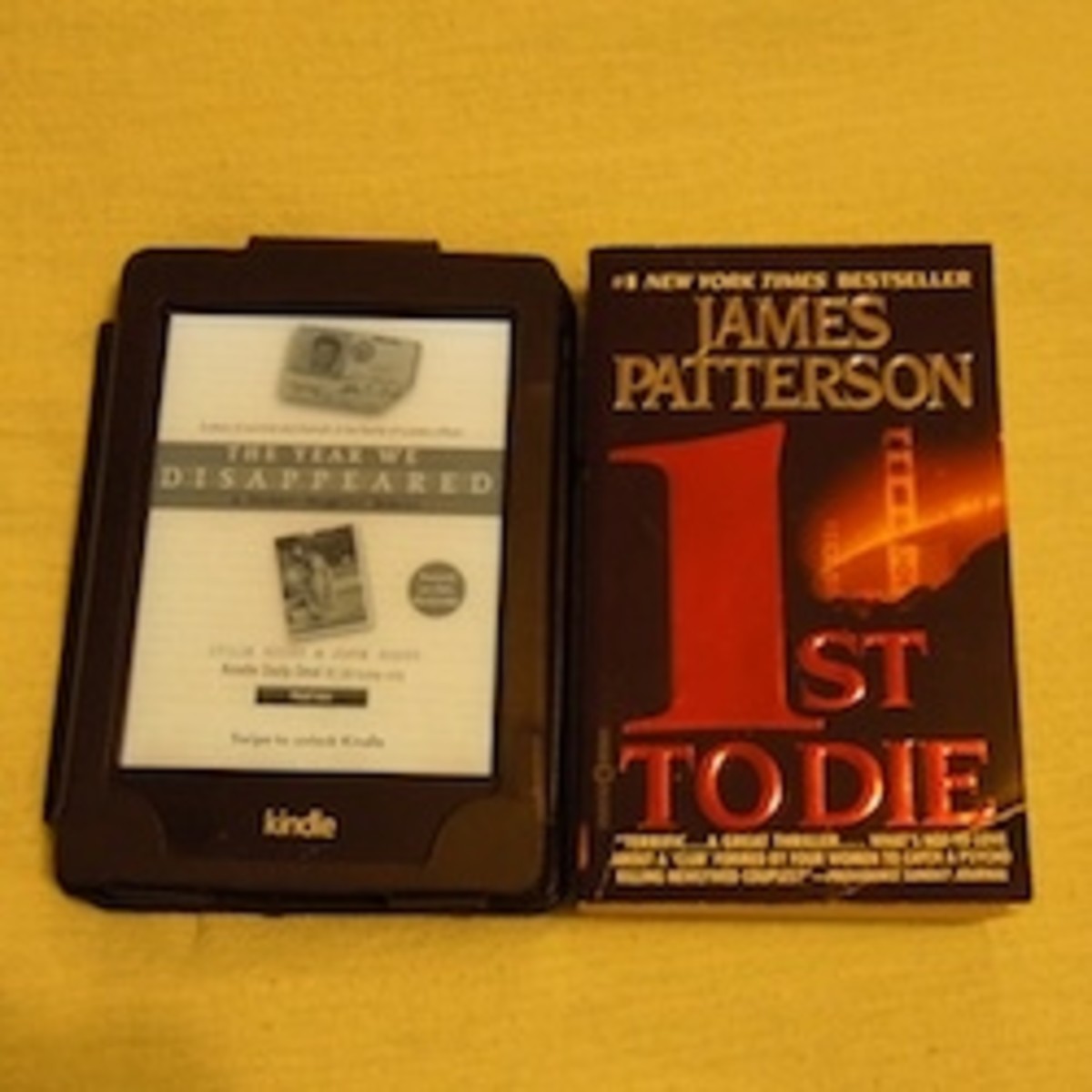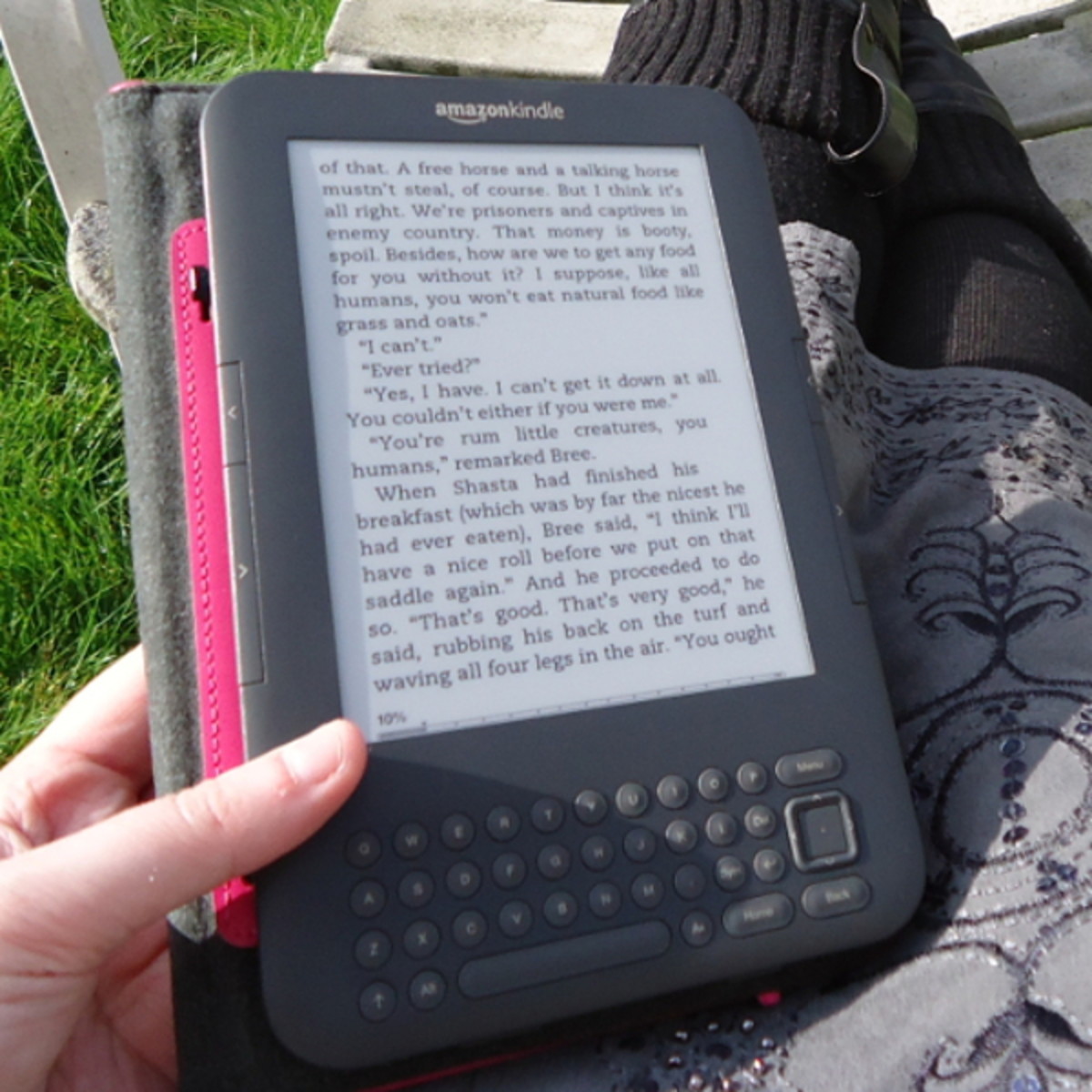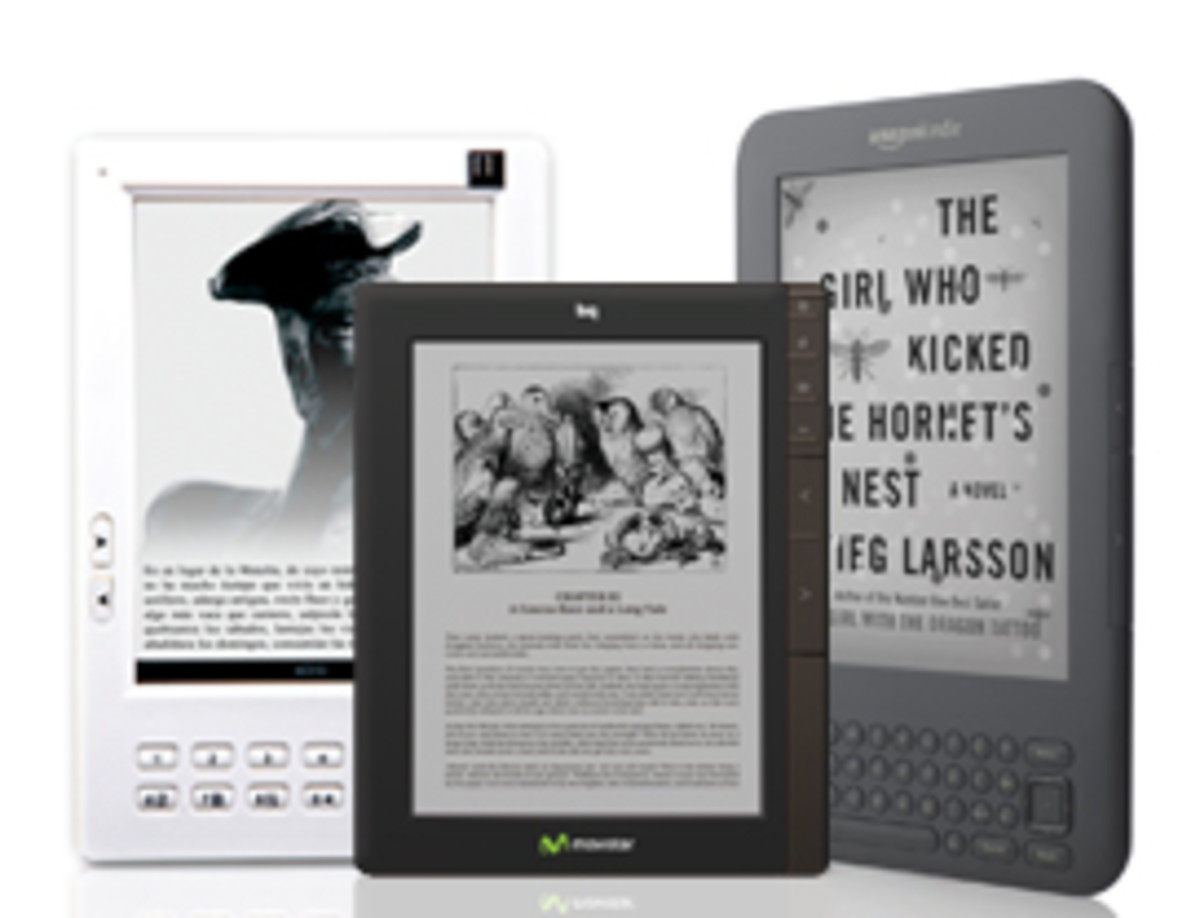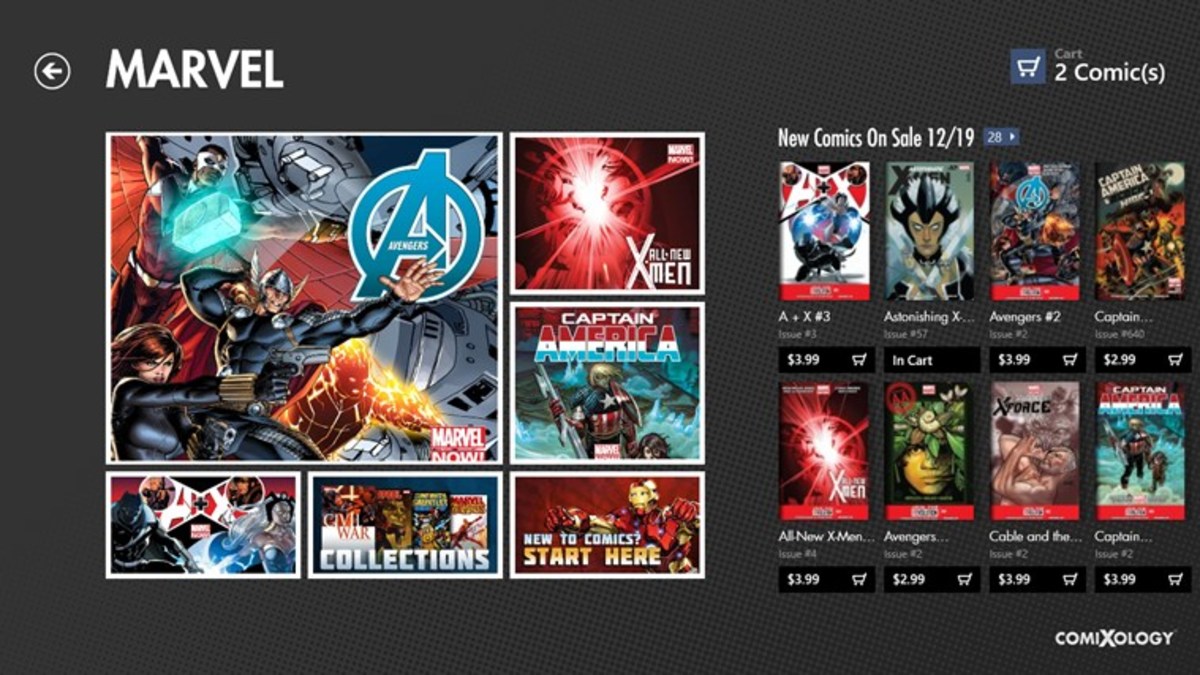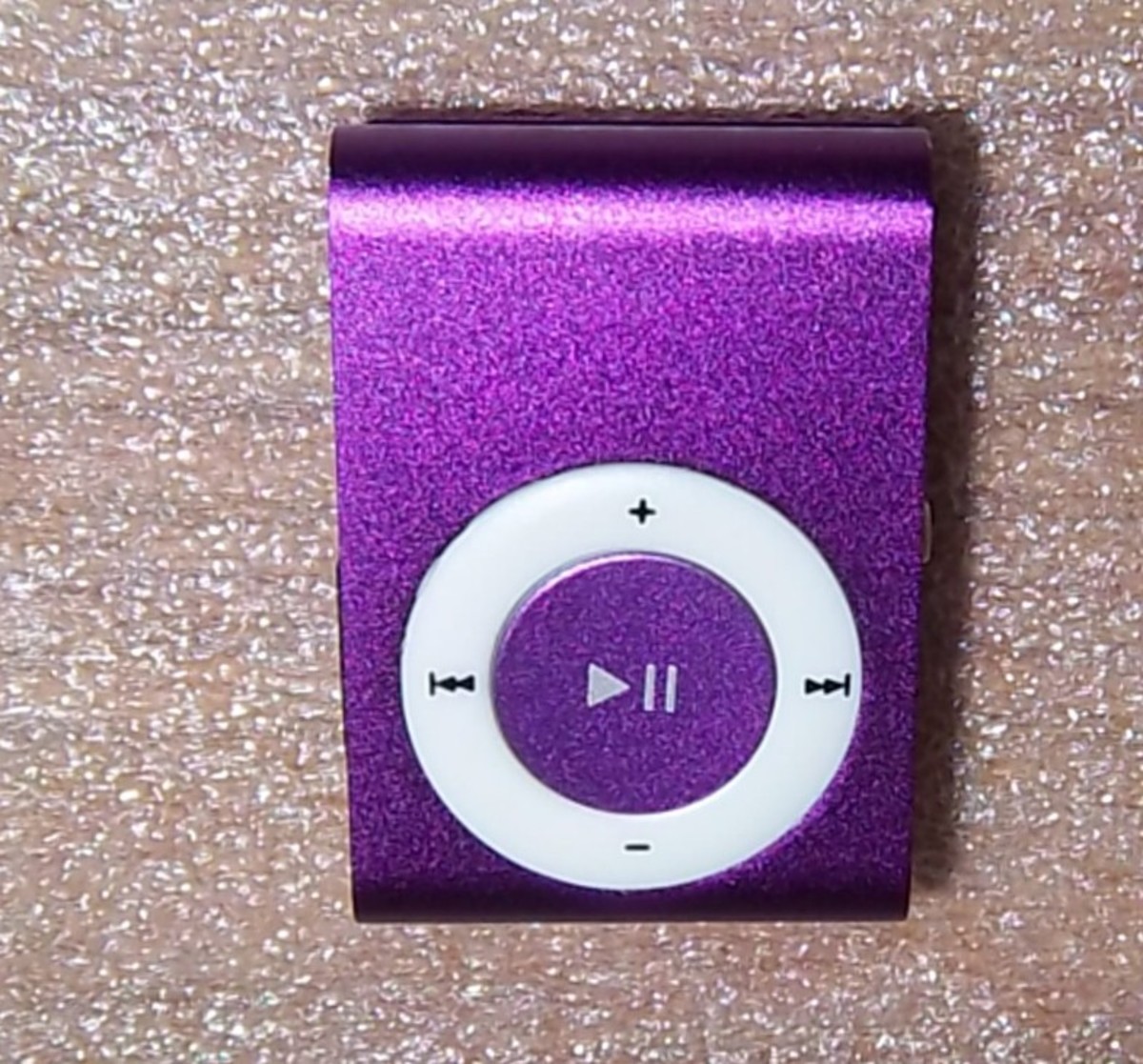Amazon Kindle E-Book Reader Family
The Amazon Kindle E-Book Reader Family
The Amazon Kindle reader is an e-book reader. It has an e-Ink display which mimics the experience of reading from a sheet of paper and cuts down on eye strain and screen glare in comparison with reading from a computer screen.
The original Amazon Kindle - now referred to as the K1 by many - was launched in November 2007. It sold out in about five and a half hours and was out of stock unti April of 2008.
Possibly because of the supply problems, or possibly because it was Amazon's "prototype" the K1 never really quite made the breakthrough to the iconic sort of status enjoyed by the Apple iPod for example. Although many people have called the Kindle the "iPod of books" the K1 didn't make it - not quite.
However, in the first six months of 2009 Amazon released first the Kindle 2 and then the Kindle DX and created a huge buzz in the media. It seemed like everybody was getting on board the e-book wagon.
Arnold Schwarzenegger announced that California would provide free digital textbooks for school kids starting in August 2009. The future was here, right now. A Democratic political think tanks published a white paper calling for"A Kindle In Every Backpack" which advocated free issue e-book readers to school kids and several universities and colleges launched pilot programs to make digital textbooks available to their students.
Meanwhile, Amazon continued to expand their huge library of available Kindle books - currently standing at over 300,000 titles - and to make magazines and newspapers available on a subscription basis for wireless delivery to Kindle users.
The wireless connectivity - with no monthly fee - is a big plus for Kindle users. It basically means that you can access the Kindle store and download a book in less than 60 seconds without the need for an internet connection or a notebook pc. It's a big plus for Kindle users and, for the moment at least, amazon have the only wireless connection service.
The Original Kindle - K1
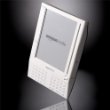
The Original Kindle
The original Kindle is still available on Amazon. It's currently being sold as a refurbished item for $199 (prices may vary from time to time).
It has the same e-Ink 6" display as the Kindle 2 and has storage capacity for over 200 titles. This can be increased by the use of an SD memory card.
Dimensions are 7.5" x 5.3" x 0.7" and it tips the scales at 10.3 ounces.
You can connect to the Amazon store wirelessly and download books in less than a minute.
This may be yesterday's news now that the Kindle 2 and Dx are available - but if you are cost conscious then the price is significantly lower than the current Kindle 2 price of $299.
Kindle 2 At Amazon
Amazon Kindle 2 E-Book Reader
Released in February 2009, the Kindle 2's original price tag of $359 was recently reduced to $299. Still a pricey item but that $60 is better in your pocket than Amazon's I'm sure you'll agree.
In brief, the Kindle 2 had a new, slimmer (and better looking in my opinion at least) case, increased storage capacity, faster page turning, longer battery life and a text-to-speech facility.
Here are the key points:
- Lightweight - at just 10.2 oz it's lighter than a typical paperback book
- Slim - no thicker than the average magazine at just over 1/3"
- Wireless - 3G "Whsipernet" technology allows you to download books anywhere - no fees and no need to find a WiFi hotspot
- Fast - Download books in less than a minute
- Huge Storage - Enough for over 1500 books
- Long Battery Life - Read for days without recharging
- Great Display - 16 shades of grey for crisp clear text and images - reads like real paper due to the
- Huge Selection - Choose from over 300,000 books plus US and international newspapers and magazines
- Low Prices - Cheaper than printed books (better for the environment too)
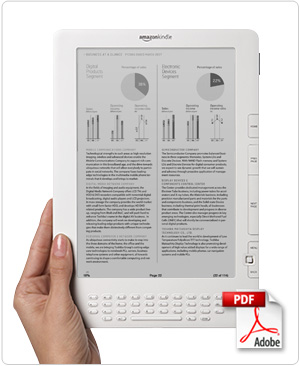
Kindle DX - Bigger Is Better
Amazon launched their new large format Kindle DX in June of 2009. The main differences between it and the Kindle 2 were the size of the display, the fact that the DX had an accelerometer fitted so that you could change from portrait to landscape automatically just by rotating the device, and the fact that the DX had native support for pdf files (the Kindle 2 could display these - but a conversion was necessary).
The larger display on the DX means that it is better for reading newspapers, magazines and academic textbooks on. Anything that is likely to have a high graphical content in other words.
Apart from the huge number of books available at Amazon's Kindle store, there are a good number of newspapers and magazines which offer subscriptions and will deliver their publications direct to your Kindle by wireless.
Here's the key stats on the DX:
- Lightweight - at just 10.2 oz it's lighter than the average paperback
- Slim - no thicker than the average magazine at just over 0.38"
- Wireless - 3G technology lets you download books anywhere - no fees and no need to find a WiFi hotspot
- Built-in PDF Reader
- Fast - Download books in under a minute
- Huge Storage - Enough for 3500 books
- Long Battery Life - Read for several days without needing to recharge
- Great Display - 16 shades of grey for crisp clear text and images - reads like real paper
- Huge Selection - Choose from over 300,000 books plus US and international newspapers and magazines
- Low Prices - Cheaper than printed books (and still better for the environment)
Kindle DX V Kindle 2
Kindle DX
| Kindle 2
| |
|---|---|---|
Display
| 9.7" diagonal E Ink®
| 6" diagonal E Ink®
|
Size
| 10.4" x 7.2" x 0.38"
| 8" x 5.3" x 0.36"
|
Storage
| 3,500 books
| 1,500 books
|
PDF Support
| native PDF reader
| via conversion
|
Rotating Display
| Yes
| No
|
3G Wireless
| Yes
| Yes
|
Books in less than 60 seconds
| Yes
| Yes
|
Text-to-Speech
| Yes
| Yes
|
Whisperync
| Yes
| Yes
|
Price
| $489
| $259
|
Amazon Kindle 2
Advantages Of Electronic Books
Although it's true that whichever e-book reader you go for, they are relatively expensive items, there are a number of benefits that electronic books have in comparison with the traditional printed versions:
- E-books are generally cheaper as they don't use paper, ink or have high distribution costs. If you're a keen reader you'll probably be able to recover the cost of your device fairly quickly.
- Even better than cheaper books - you can get free books for your Amazon Kindle right from the Amazon website.
- E-book readers let you carry a small library with you wherever you go should you want to. You'll never run out of reading material again.
- Apart from portability, storing your books electronically will save a lot of space in your home or office.
- Electronic books are better for the environment. Even after taking account of the materials and energy used in the manufacture and subsequent operation of the readers, using electronic books is much better for the environment as it prevents a lot of trees being felled, avoids using the huge amounts of energy typically involved in the paper making process and reduces emissions as there is no delivery of a physical product.
Overall Environmental Impact Of E-Book Readers
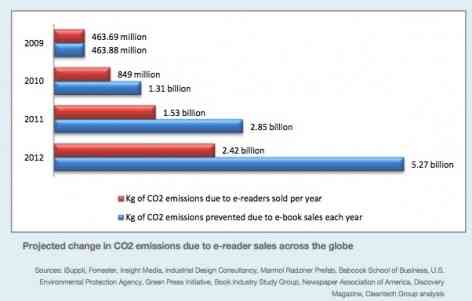
E-Book Readers - The Best Of The Rest
Alternatives To The Kindle
You would be forgiven for thinking that the Amazon Kindle reader is the only show in town. That's not the case. Although the Kindle is the current market leader, there are a number of alternatives on offer. You can even still buy the Franklin Ebookman - which was released in 1999 and is regarded as the first dedicated e-book reader. But probably only if you're feeling nostalgic.
At the moment, the main competition to Amazon is from the Sony PRS reader. It's a perfectly good reader and, if you aren't too concerned about the wireless connectivity side of things, it would do you just fine. Sony have a tie up with Google and are able to offer a huge range of free public domain e-books to their readers.
Sony are also planning to release their new, and long awaited, Sony Daily Edition reader in December 2009 - just in time to slug it out with Amazon for the Christmas gift bonanza. The Daily Edition will have touch screen functionality and will be able to download free e-books on loan from your local library. It will cost $399.
Apple are rumoured to be launching a tablet PC, which will be ideal for reading e-books, and might not cost much more than the current DX price. Plastic Logic will be launching a large format reader early in 2010. Other manufacturers are fairly lining up to launch their readers and get their share of this developing market.
Amazon certainly won't have things all their own way. But right now they are way out in front - and I expect they have a few tricks up their sleeve and some new readers of their own planned for the future.
Related Articles
- Shipping A Kindle To The UK
Both the Kindle 2.0 and the Kindle DX are now available in over 100 countries worldwide. Find out just how easy and hassle free it is to ship a Kindle to the UK. - Amazon Kindle Reader Accessories
It's a backhanded compliment to Amazon's Kindle reader that whenever any of their competitors brings out a new e-book reader it is immediately labelled the new - Electronic Textbooks - Better For Students, Better F...
Amazon announced the Kindle DX (DX for deluxe) in May of 2009 and it was released in early June just a few months after the launch of the updated Kindle 2 in February 2009. The DX, with its large 9.7... - Getting Free Ebooks For Your Amazon Kindle
The Amazon Kindle e-book reader is a great gadget. It will not only change the way that people read books but, just as importantly and frequently overlooked, it will change the way that books are published... - Electronic Books The Future Is Here Today
Its fairly easy to make predictions of the future. As long as you look far enough ahead and use broad brush strokes youve probably got as much chance as the next person of getting it right(ish). ...




